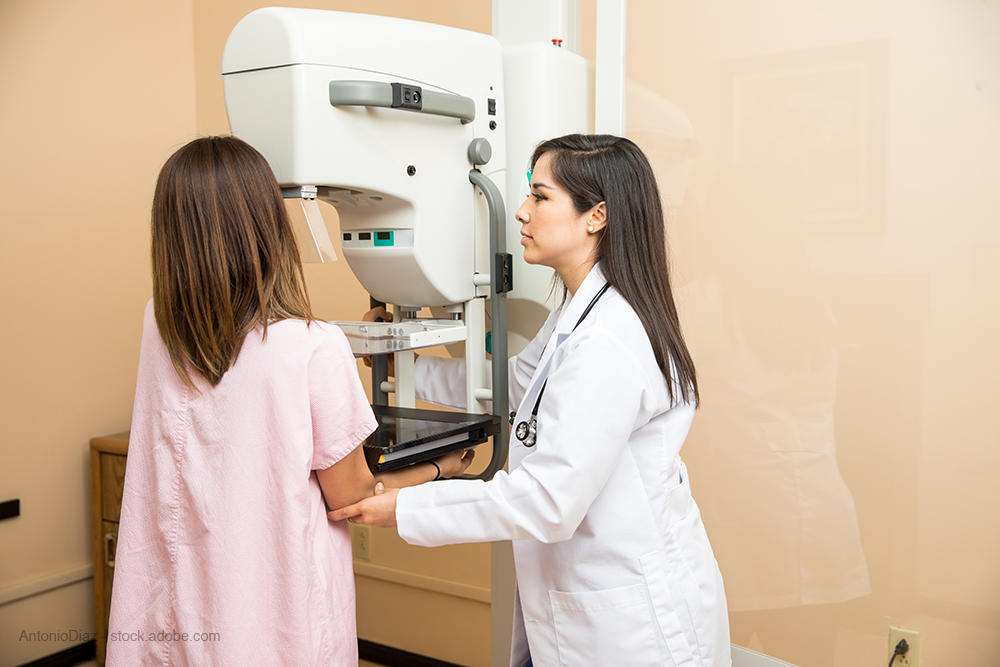Use of Digital Breast Tomosynthesis Does Not Decrease Screening Mammography Capacity
Some were concerned about increased imaging and interpretation times associated with DBT.

Adopting digital breast tomosynthesis (DBT) is not associated with a decrease in screening mammography capacity, according to a study published in the American Journal of Roentgenology.
Researchers from several states sought to determine whether adoption of DBT was associated with a decrease in screening mammography capacity across Breast Cancer Screening Consortium facilities, given concerns about increasing imaging and interpretation times associated with DBT.
The researchers collected facility characteristics and examination volume data from Breast Cancer Screening Consortium facilities that adopted DBT between 2011 and 2014. They evaluated differences between monthly screening volumes during the 12-month preadoption period and the 12-month postadoption period (with the two periods separated by a 3-month lag) and tested for changes in month-to-month facility-level screening volume during the preadoption and postadoption periods.
Related article: DBT Better Detects Cancer in Dense Breasts
The results showed that across five regional breast imaging registries, 15 of 83 facilities (18.1%) adopted DBT for screening between 2011 and 2014.
- 11 of 15 (73.3%) had no academic affiliation
- 12 of 15 (80.0%) were nonprofit
- 10 of 15 (66.7%) were general radiology practices
Facility-level monthly screening volumes were slightly higher during the postadoption versus preadoption periods. Monthly screening volumes remained relatively stable within the preadoption period and the postadoption period.
The researchers concluded that in a cohort of facilities with varied characteristics, monthly screening examination volumes did not decrease after DBT adoption.
AI-Initiated Recalls After Screening Mammography Demonstrate Higher PPV for Breast Cancer
March 18th 2025While recalls initiated by one of two reviewing radiologists after screening mammography were nearly 10 percent higher than recalls initiated by an AI software, the AI-initiated recalls had an 85 percent higher positive predictive value for breast cancer, according to a new study.
ECR Mammography Study: Pre-Op CEM Detects 34 Percent More Multifocal Masses than Mammography
February 28th 2025In addition to contrast-enhanced mammography (CEM) demonstrating over a 90 percent detection rate for multifocal masses, researchers found that no significant difference between histological measurements and CEM, according to study findings presented at the European Congress of Radiology.
Study: Mammography AI Leads to 29 Percent Increase in Breast Cancer Detection
February 5th 2025Use of the mammography AI software had a nearly equivalent false positive rate as unassisted radiologist interpretation and resulted in a 44 percent reduction in screen reading workload, according to findings from a randomized controlled trial involving over 105,000 women.